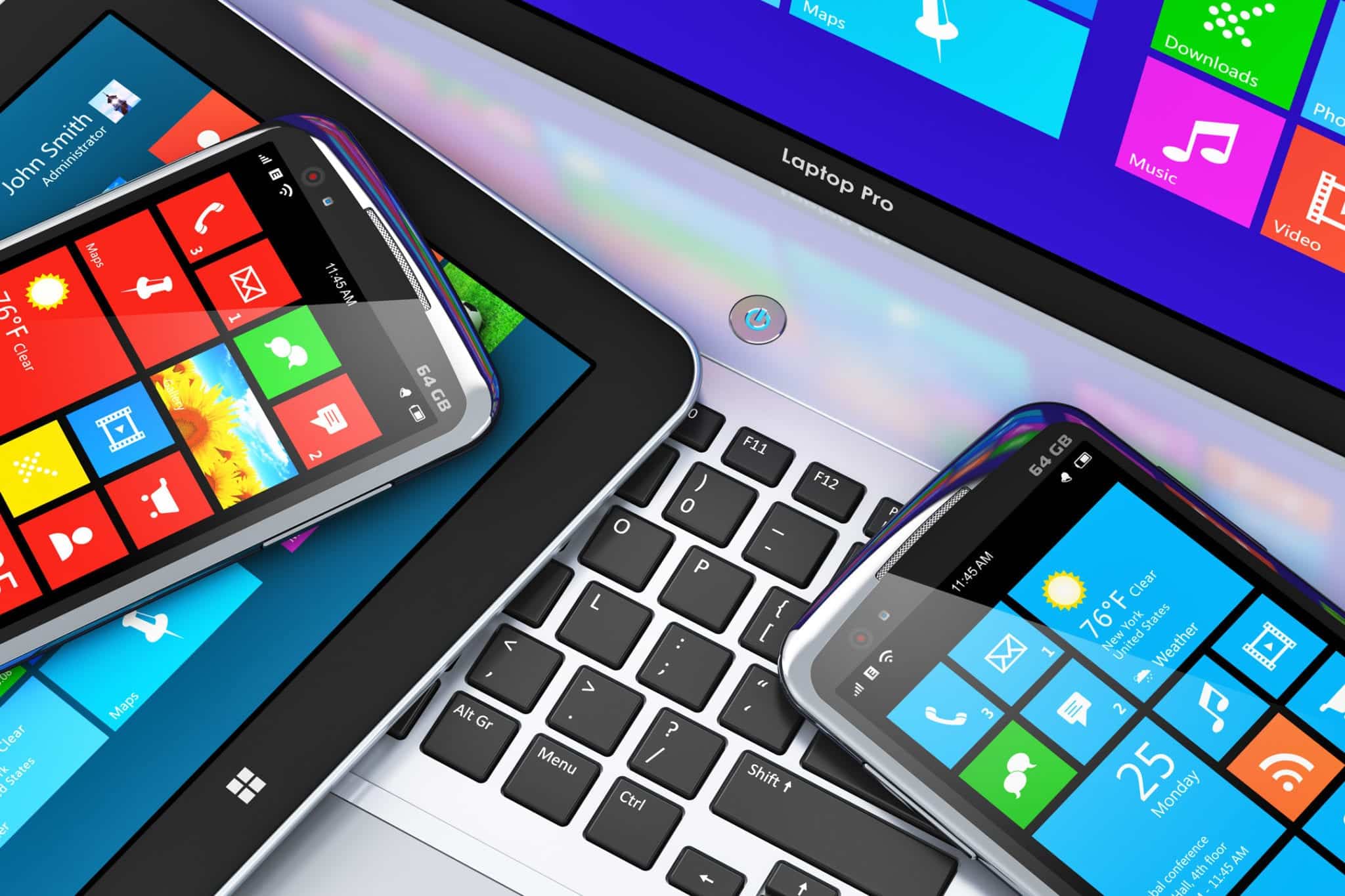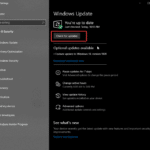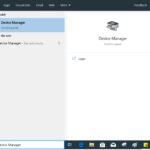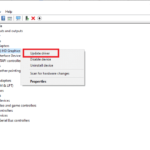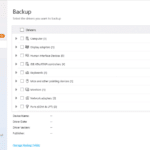Normally, Windows 10 detects and downloads drivers automatically using the driving force library inbuilt with the system and Windows Update. In any case, now and again, you’ll get to update a tool manually for a few reasons. for instance, when a selected segment isn’t recognized, quits working after an upgrade, Windows Update introduces a generic package, otherwise, you need to access another feature or apply a bug fix.
It is important to check and update Windows drivers every week. It might be outdated or corrupted and the problem arises due to stability and crash issues which will directly hamper the system performance. When things go wrong with your system for e.g. WiFi issues, slow speed, etc fixing or updating your drivers will fix all these issues.
What are Device Drivers?
A device driver is a program or group of files that work or controls particular hardware that is attached to a PC. A driver gives an item interface to hardware devices, enabling OS and other PC programs to desire to hardware functions without realizing exact insights about the hardware being used.
Updating Drivers in Windows 10
You can update your Windows 10 drivers using two methods: Manual and using third-party software. Let’s have a look!
1. Using the Manual Method
- Go to the Start Menu, Click on Settings.
- Click on Update & Security and check for Windows Update.
Click on check for updates and if there is a new update, update it. It will automatically be downloaded and installed after rebooting your PC.
Windows update always helps you get the latest and newest version of device drivers and obtain the missing device drivers sometimes in your PC. Sometimes, you won’t see any notification for these updates of device drivers. But you can check them manually under the Windows update option.
- For further assurance, you would like to travel to see the Device drivers and update them manually one by one. this needs you to open Device Manager.
Again, click Start and type Device Manager in the search bar. Now click on it to open the app.
- Now, select the driver that you want to update, for example, Graphic card. Go to the Display Adaptors and you will see the name of the hardware, which is the manufacturer.
- Select the driver to update it.
- Do the Right-click on it to show a few options to update, disable, or uninstall the driver.
- Click on the Update to update device drivers on Windows 10.
- A pop-up appears showing you two options. One is to look for the device driver over your system and another is to look at it along with the internet.
- Select the one which is taking a short time to update, once it is done, reboot your system and drivers will be updated.
2. Using Software
Smart Driver Care is the best driver updater software that can assist you to get the updated device drivers on Windows 10. It’ll search for the updates on a regular basis, and install the newest version from the manufacturer’s websites automatically. The app will be running in the background so that it doesn’t bother the user. This tool keeps the PC’s health in limitation since it will perform well with all device drivers working effectively. This feature is easy and user-friendly which makes it simple to know and work. Other additional highlights include fixing the registries to help the device work better. Another component to help you with the speed of your PC is a Startup Manager. Some of the features are:
- One-click driver updater
- Updates missing & outdated drivers
- Auto scheduler
- Creates backup of all the drivers
- User-friendly interface
Below are the steps to run Smart Driver Care in your Windows 10.
- Download and install the software from the official website in your Windows 10.
- Now, once it is installed, open the software, click on Start Scan now button and it will automatically scan or detect outdated drivers in Windows 10.
- After the scan, it will show all the outdated drivers with names and details.
- Select the Update button ahead of every driver if you would like to make a decision on which device drivers got to be updated. Else click on Update All.
This process will take a couple of minutes because the device drivers are outdated and have to be updated with the latest version.
- Another interesting feature of this software is Back up. You can easily backup the Device drivers before the update.
You can select the driver manually for backup for later. Just in case, if the latest driver is not supported with Windows 10.
- You can easily restore the device drivers with this software on your system. You can easily travel back to a previous version which was saved with the computer.
We have mentioned the above two methods for how to update drivers in Windows 10. If you have any suggestions or questions, feel free to mention them in the comments section below.
DepositPhotos – microsoft

